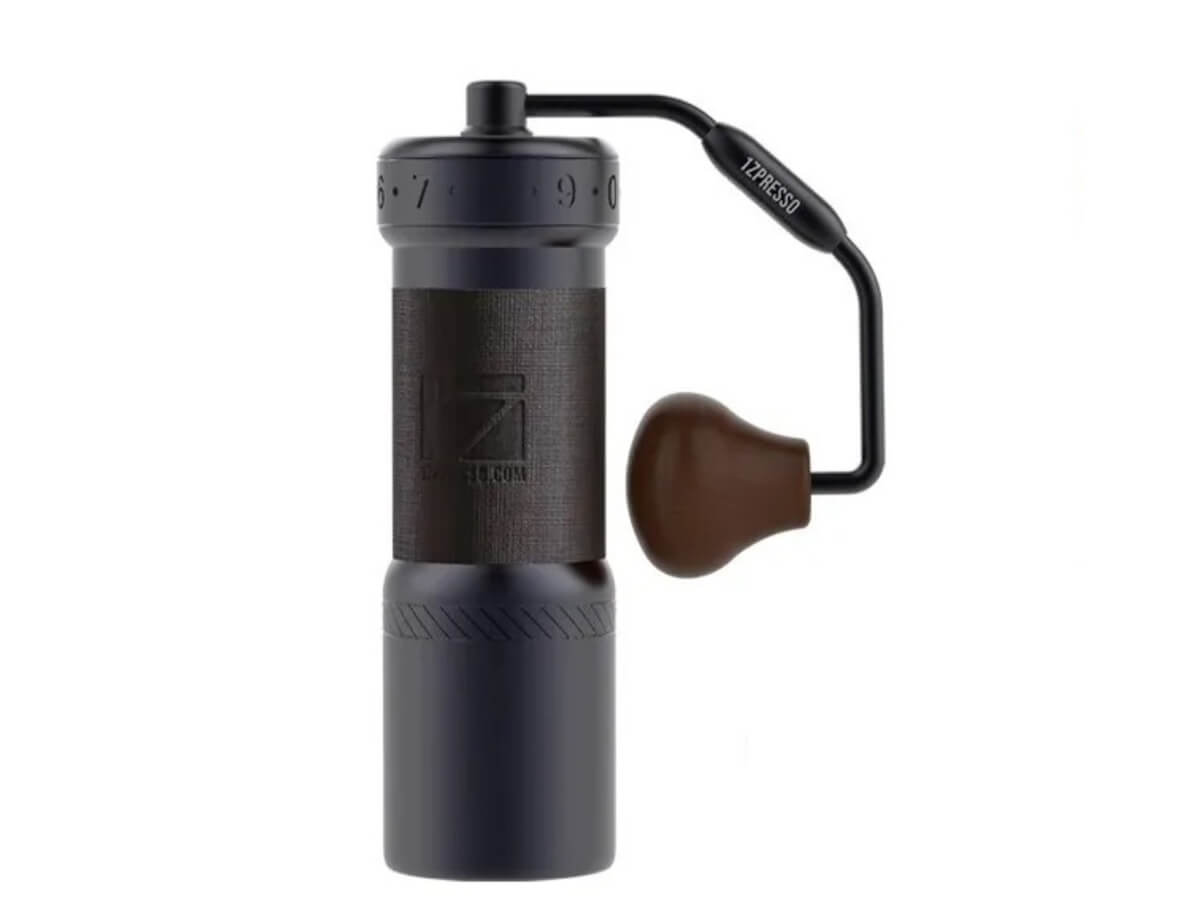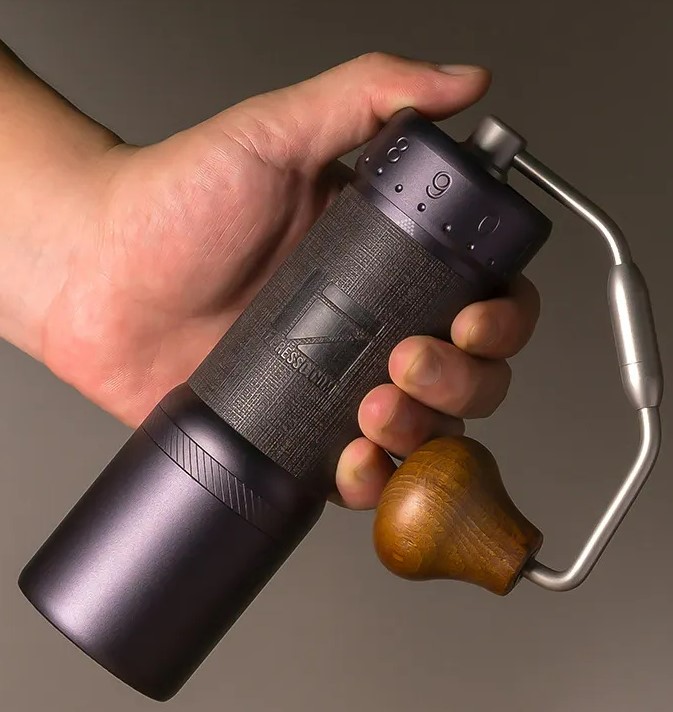Boost Your Coffee Experience with 1Zpresso J-Ultra: A Barista's Desire
Wiki Article
Master the Art of Grinding Coffee Beans: An Overview to Coffee Grinders
For coffee lovers, the procedure of grinding coffee beans is greater than simply a routine job; it is an art form that can greatly affect the taste and high quality of the final brew. Coffee mills play a crucial function in this fragile procedure, yet understanding their usage entails greater than simply pushing a switch. Understanding the nuances of various grinder kinds, choosing the suitable work size, and using the right methods are important steps in the direction of achieving that best cup of coffee. The trip towards coming to be a coffee grinding maestro does not finish there. As we explore the details of this craft, we will certainly uncover maintenance tricks, troubleshooting tips, and more, all targeted at elevating your coffee experience to brand-new heights.Types of Coffee Grinders
There are 3 main types of coffee grinders generally made use of by coffee fanatics: blade grinders, burr mills, and hands-on mills. Blade mills are the most basic kind, making use of a basic blade to chop the coffee beans. While they are budget-friendly and easy to make use of, they usually result in uneven coffee premises due to inconsistent grinding.Manual mills, as the name suggests, call for manual effort to grind the coffee beans. They are often favored by those that enjoy the procedure of hand developing coffee or for those that value transportability. Hand-operated mills can vary in style, from simple portable designs to much more intricate kitchen counter variations. While they may need more effort, manual grinders use control over the grinding process, permitting customers to readjust the work size to their choice. Each sort of coffee mill has its advantages and perfect usage cases, accommodating the diverse choices of coffee fanatics.

Picking the Right Work Size
With an understanding of the various kinds of coffee mills, the following essential action in achieving the ideal mug of coffee is picking the appropriate work size. The grind size plays a considerable function in establishing the taste account of your coffee (1Zpresso J-Ultra). Different brewing methods require certain work dimensions to enhance the removal of tastes from the coffee groundsFor a rugged grind, suitable for French press and chilly mixture approaches, the coffee beans need to appear like breadcrumbs, giving a durable and vibrant taste. Medium-coarse grinds, appropriate for Chemex or Clever Dripper, have a structure similar to rugged sand, providing a balanced taste.
Tool grinds, often used in drip coffee makers, have a consistency resembling regular sand, causing a well-rounded taste. Great grinds, finest for espresso devices, belong to table salt, yielding a rich and extreme preference. Extra-fine grinds, used in Turkish coffee, are as fine as powdered sugar and generate a solid and potent brew.
Grinding Strategies for Optimum Taste
To draw out the greatest potential of taste from your coffee beans, understanding proper grinding techniques is necessary. Uniformity is key when it comes to grinding coffee beans for optimal flavor. By paying interest to these grinding techniques, you can boost the taste profile of your coffee and appreciate a much more gratifying mug every time.Upkeep and Cleansing Tips

In enhancement to routine cleansing, it is essential to evaluate your grinder for any kind of indications of wear or damages. Check the blades, burrs, and other parts for any monotony or malfunctions. Replace any kind of worn-out components quickly to keep the quality of your coffee grind. Last but not least, store your grinder in a completely dry and tidy environment to stop any wetness or dirt from affecting its performance. By complying with these upkeep and cleansing suggestions, you can make sure that your coffee mill proceeds to supply scrumptious fresh ground coffee for several years ahead.
Troubleshooting Common Grinder Issues


Guaranteeing your coffee mill works smoothly requires adept troubleshooting of common concerns that might develop during its use. One common problem with coffee mills is irregular work size. This problem can occur because of boring blades, incorrect calibration, or uneven coffee beans. To address this, ensure your grinder's blades are sharp and correctly lined up, calibrate the grinder according to the desired work dimension, and tremble the grinder carefully while in operation to assist accomplish a more uniform grind.
An additional regular issue is grinder obstructing. This can take place when oils from the coffee beans develop and block the mill's chute. To fix this, take apart the mill and tidy all parts extensively, paying unique attention to the chute and burrs. In addition, bear in mind overfilling the hopper to avoid blockages.
Lastly, if your mill is generating extreme sound during procedure, it could suggest an issue with the electric motor or interior parts. In such situations, it is recommended to consult the manufacturer's directions for repairing steps or look for professional help to detect and rectify the concern promptly.
Verdict
Finally, grasping the art of grinding coffee beans entails understanding the different sorts of coffee grinders, selecting the appropriate grind size, making use of correct grinding techniques for optimal flavor, and keeping and cleansing the grinder on a regular basis. By following these guidelines and fixing usual mill issues, coffee lovers can boost their coffee brewing experience and take 1Zpresso J-Max pleasure in a scrumptious cup of coffee every single time.Report this wiki page